The Raspberry Pi is a small and inexpensive single-board computer that has sold tens of millions of units since it first launched in 2012. It started life as a project intended to get kids more interested in computer science, but soon became a popular choice for tinkerers and DIY enthusiasts.
Since the very first Raspberry Pi Model A was released, the line-up has expanded to include a range of models that are suited to different needs. If you’re looking for the perfect model for your next tech project, then here are the best Raspberry Pi models to choose right now.
Rabbit R1: Everything we know about this ambitious AI assistant
Think of the R1 as a pocket assistant, but it doesn’t display apps. Instead, it uses AI to do tasks, and you interact with it via voice commands.
Best Raspberry Pi models: Our top picks

Raspberry Pi 5
1. Best Raspberry Pi overall
The most powerful Raspberry Pi to date
The latest model of the Raspberry Pi is the most powerful version yet, with a 2.4GHz 64-bit quad-core processor and new RP1 I/O controller. There’s also a physical power button, and a real-time clock on board for the first time.
- Twice as fast as the Raspberry Pi 4
- New in-house silicon
- Physical power button
- No audio jack
- 8GB model is expensive for a Pi
The newest addition to the Raspberry Pi line-up is the most powerful Raspberry Pi to date. Powered by a 2.4GHz quad-core CPU, and available with up to 8GB of RAM, the Raspberry Pi 5 is up to three times as fast as the Pi 4. It’s also the first Raspberry Pi to include in-house silicon, with the new RP1 I/O controller that was designed by the Raspberry Pi team in Cambridge, UK.
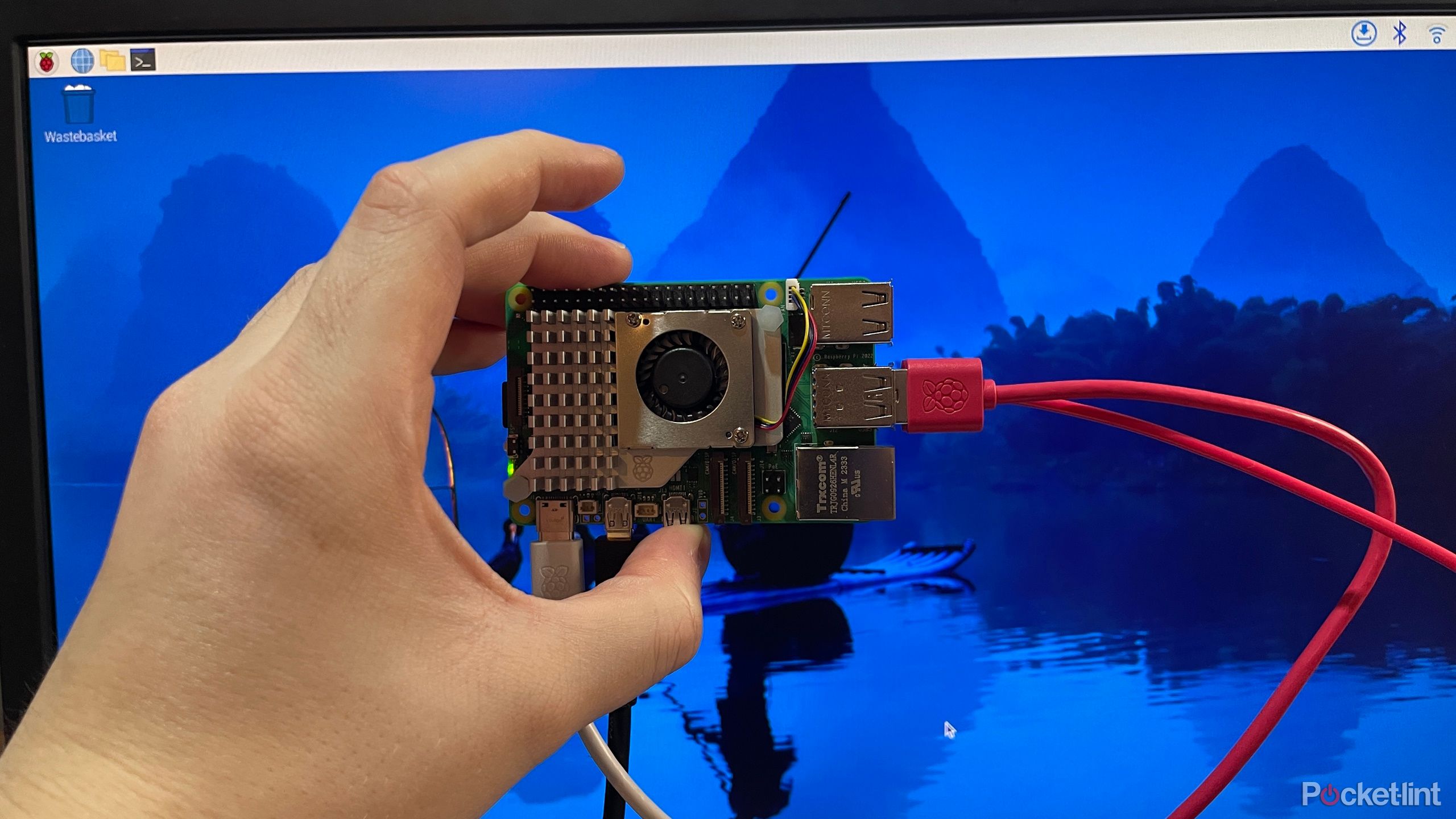
The Raspberry Pi 5 is a delight to use.
The Raspberry Pi 5 has plenty of upgrades, but do you need all that extra horsepower? I put it to the test.
The Raspberry Pi 5 adds a couple of much-requested features in the form of a physical power switch that offers both hard and soft power-off, and a real-time clock (RTC) that can run from a rechargeable cell. The composite audio/video port from the Raspberry Pi 4 is no longer with us, however.
The Raspberry Pi 5 is the most versatile Pi available, with enough power and features to meet the needs of the majority of projects.
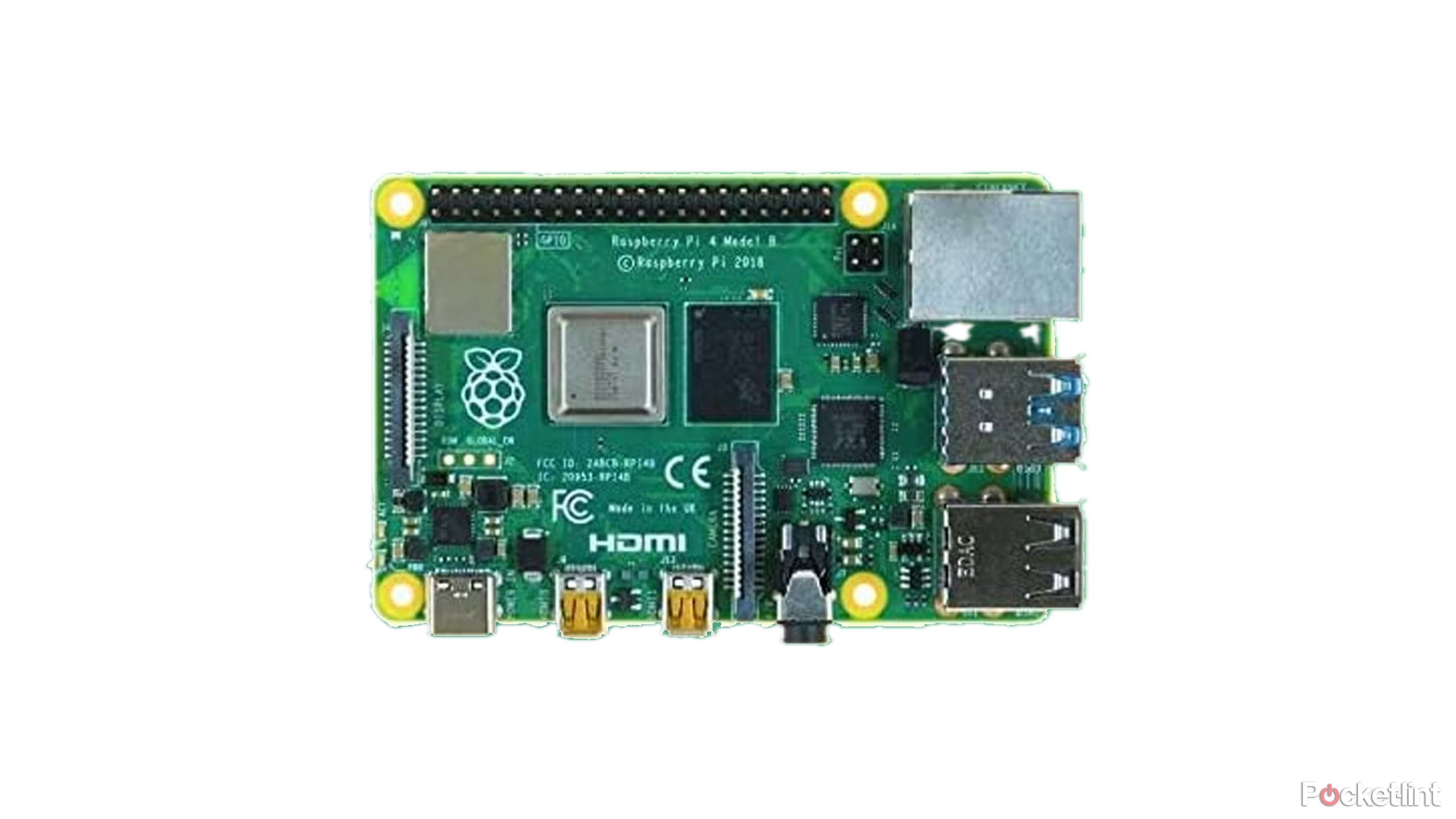
Raspberry Pi 4 Model B
2. Best Raspberry Pi for audio
Powerful Pi with on-board composite AV port.
The Raspberry Pi 4 has more than enough power for many needs, including up to 8GB RAM, a 1.5GHz quad-core CPU, Gigabit Ethernet, and USB 3.0 ports. It also has an on-board audio/video port, something that’s missing from its bigger brother.
- Up to 8GB RAM
- Audio/video port
- Dual 4K display support
- Can run hot
- No physical power button
If you want a Raspberry Pi that can handle pretty much anything you can throw at it, without the need for the even greater power of the Raspberry Pi 5, then the Raspberry Pi 4 B is what you need. You can buy it configured with up to 8GB of RAM to handle the more intensive tasks.
As well as on-board Wi-Fi and Bluetooth, the Raspberry Pi 4 B also includes two USB 3.0 ports for faster transfer rates and two micro-HDMI ports that support 4K at up to 60Hz, so you can enjoy your retro games on a 4K gaming monitor for some serious overkill. There’s also a composite audio/video port on board. If you want a Raspberry Pi that has a decent amount of power, then the Raspberry Pi 4 B is the way to go.
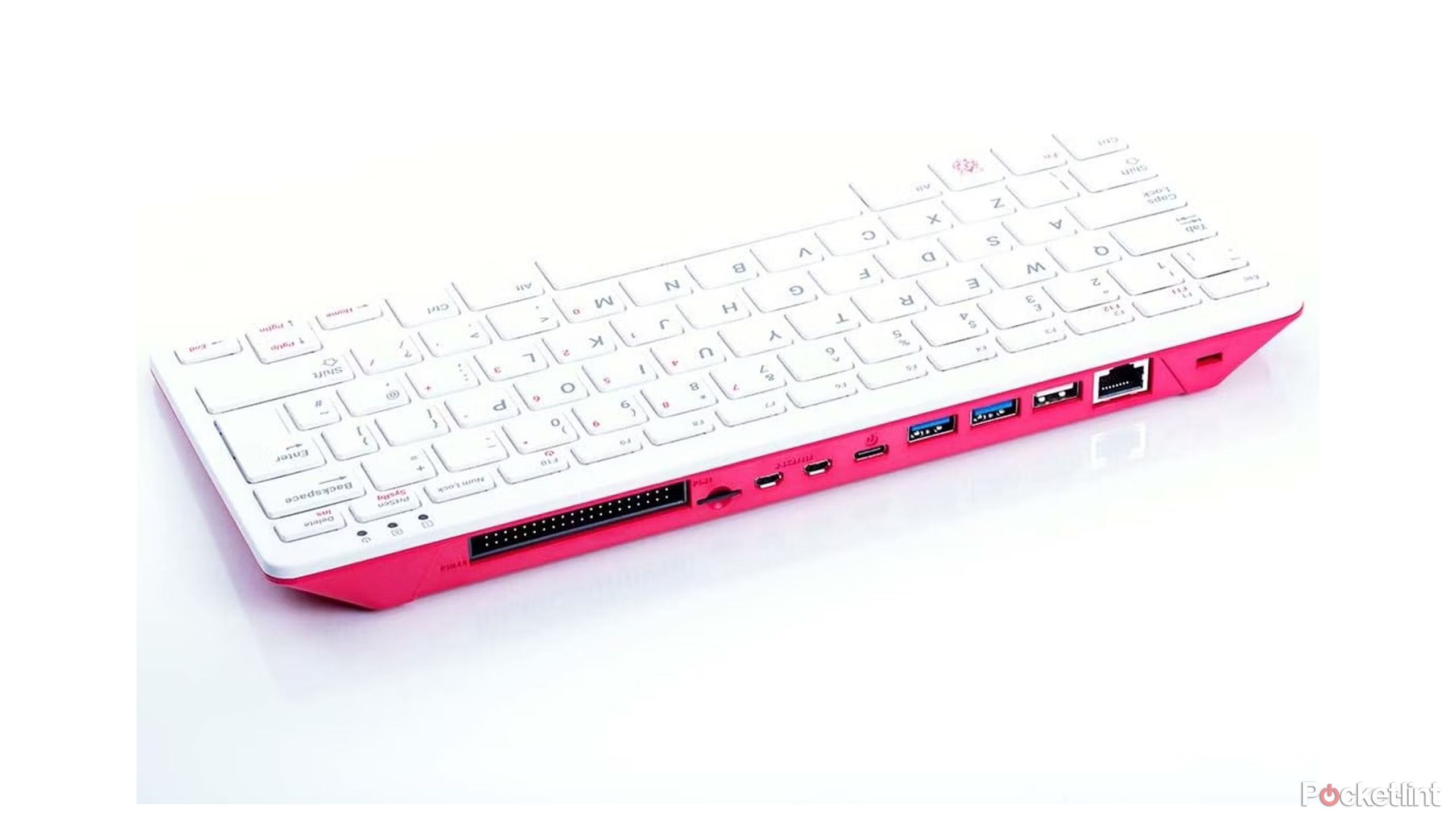
Raspberry Pi 400
3. Best Raspberry Pi for coding
A Raspberry Pi built inside a keyboard
If you want to use your Raspberry Pi to learn to code, or to use as an all-in-one PC, then the Raspberry Pi 400 gives you all the power of a Raspberry Pi 4 B built into a stylish keyboard.
- Built-in keyboard
- Internal heatsink
- Faster clock speed
- No ports for cameras or touchscreens
- Pricey for a Raspberry Pi
If you want to use a Raspberry Pi 4 B as a personal computer, you’ll need a few accessories, including a power supply, monitor, mouse, and a keyboard. The Raspberry Pi 400 takes one of those accessories out of the equation by building the same components from the Raspberry Pi 4 B into a keyboard. In fact, thanks to the large internal heatsink, the 64-bit CPU in the Raspberry Pi 400 runs at 1.8 GHZ compared to 1.5GHz in the Pi 4 B.
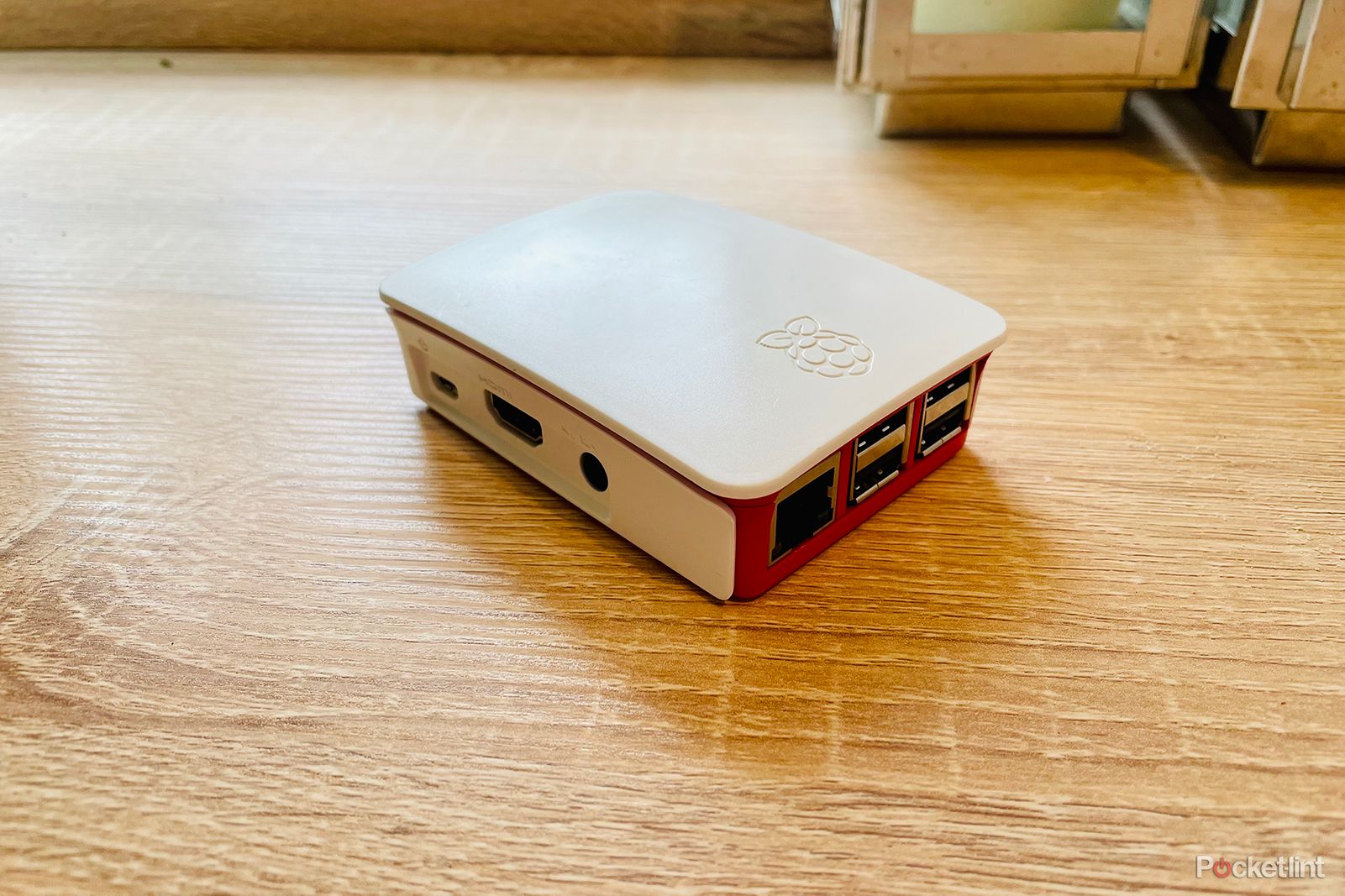
Best Raspberry Pi case: Protect your tiny supercomputer
The perfect cases to keep your Raspberry Pi safe.
It’s a great choice if you want to use your Raspberry Pi as an all-in-one PC, but you can still connect to the GPIO pins if you have hardware projects in mind. There are no connectors for connecting camera modules or touchscreen displays, but you can use a USB camera module instead.
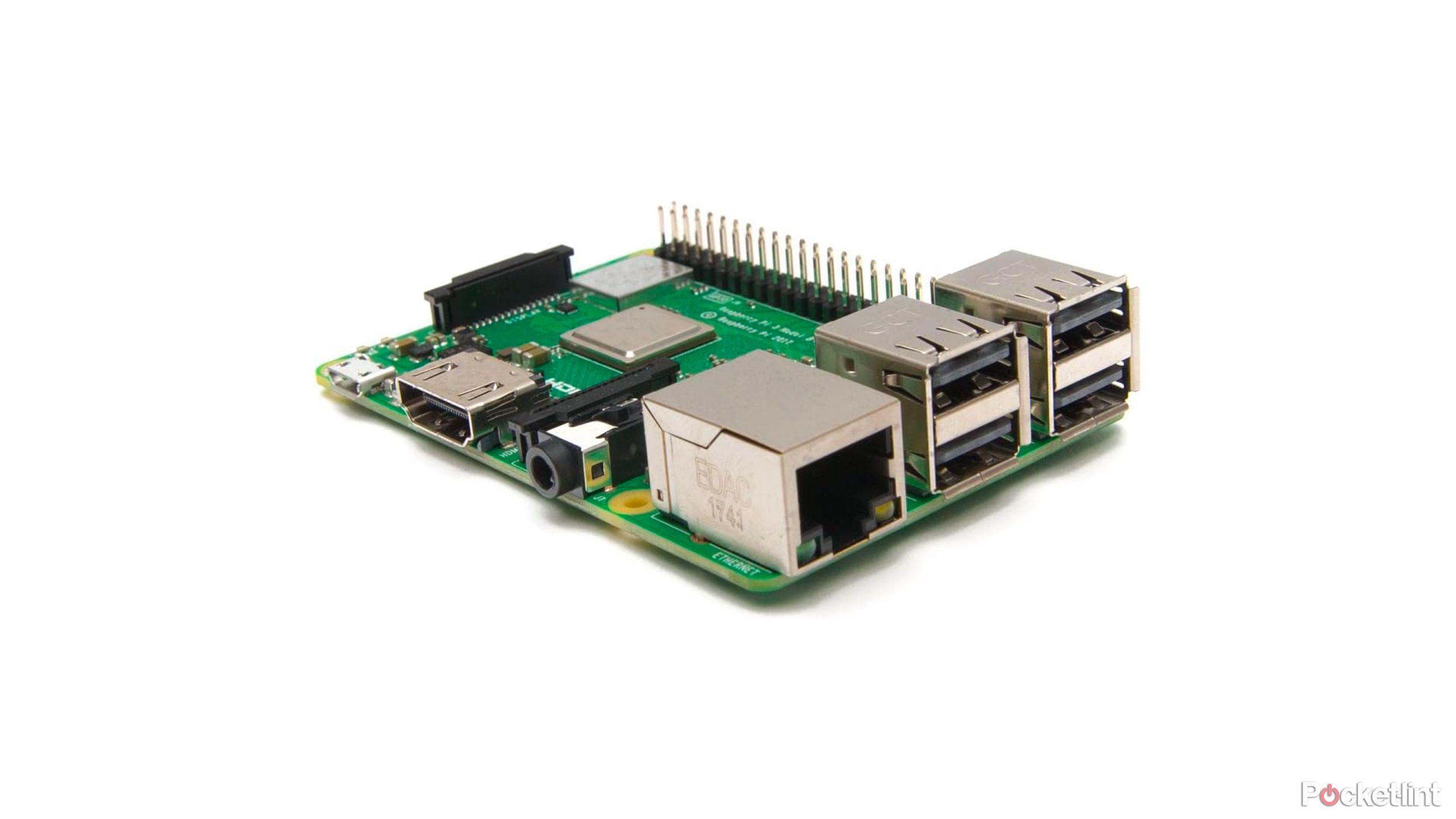
Raspberry Pi 3 B+
4. Best value Raspberry Pi
A cost-effective option
If you don’t need the higher specs of the Raspberry Pi 4 B, the Raspberry Pi 3 B+ can still offer onboard Wi-Fi and Bluetooth and 1GB of RAM at a more affordable price.
- Great bang for your buck
- 1GB RAM
- On-board Wi-Fi and Bluetooth
- May lack the RAM for some projects
If your Raspberry Pi project doesn’t require a huge amount of grunt, and you’re looking to do things as economically as possible, then a Raspberry Pi 3 B+ may be a good fit. For example, if you’re looking to build your own retro games console using RetroPie, the 1.4GHz quad-core processor and 1GB of RAM is enough to run most games without issue.
The Raspberry Pi 3 B+ still comes with on-board Wi-Fi and Bluetooth, making it a great option for building your own smart home hub using software such as Home Assistant.

How to set up Home Assistant with a Raspberry Pi and build a smart home
Get Home Assistant up and running and create your first automations.
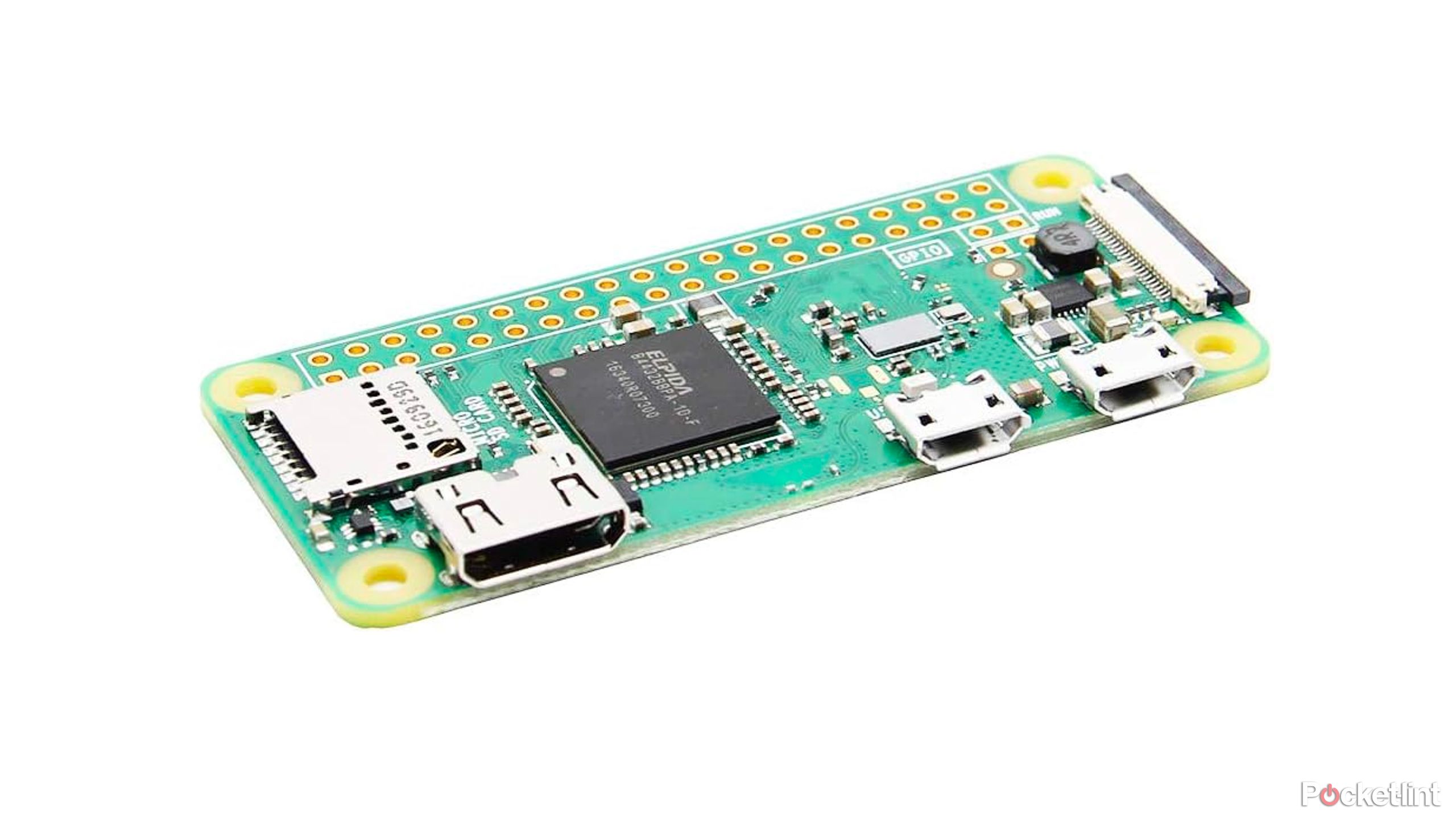
Raspberry Pi Zero W
5. Best Raspberry Pi for small projects
Small but mighty
The Raspberry Pi Zero W may not be the most powerful Raspberry Pi, but it still packs 512MB of RAM and onboard Wi-Fi and Bluetooth into its tiny footprint. A great option for dipping your toe into the Raspberry Pi world.
- Tiny footprint
- Very low power consumption
- On-board Wi-Fi
- No GPIO header
- Only 512MB of RAM
The Raspberry Pi Zero W is one of the smallest models available, but it manages to pack a lot into a small space, with a 1GHz single-core processor, 512MB of RAM, and on-board Bluetooth. Unlike the standard Zero, the Zero W also includes built-in Wi-Fi which opens up a world of creative options. Despite its small size you can still attach full-size components such as a camera module using an adapter cable.
Affordable enough to suit almost any project, the Raspberry Pi Zero W also includes pads to solder a 40-pin GPIO header to the board. If your soldering skills aren’t the best, you can instead opt for the Raspberry Pi Zero WH, which comes with the GPIO header pre-soldered. The more powerful Raspberry Pi Zero 2 W includes a quad-core processor, but it’s much harder to get hold of at the time of writing.
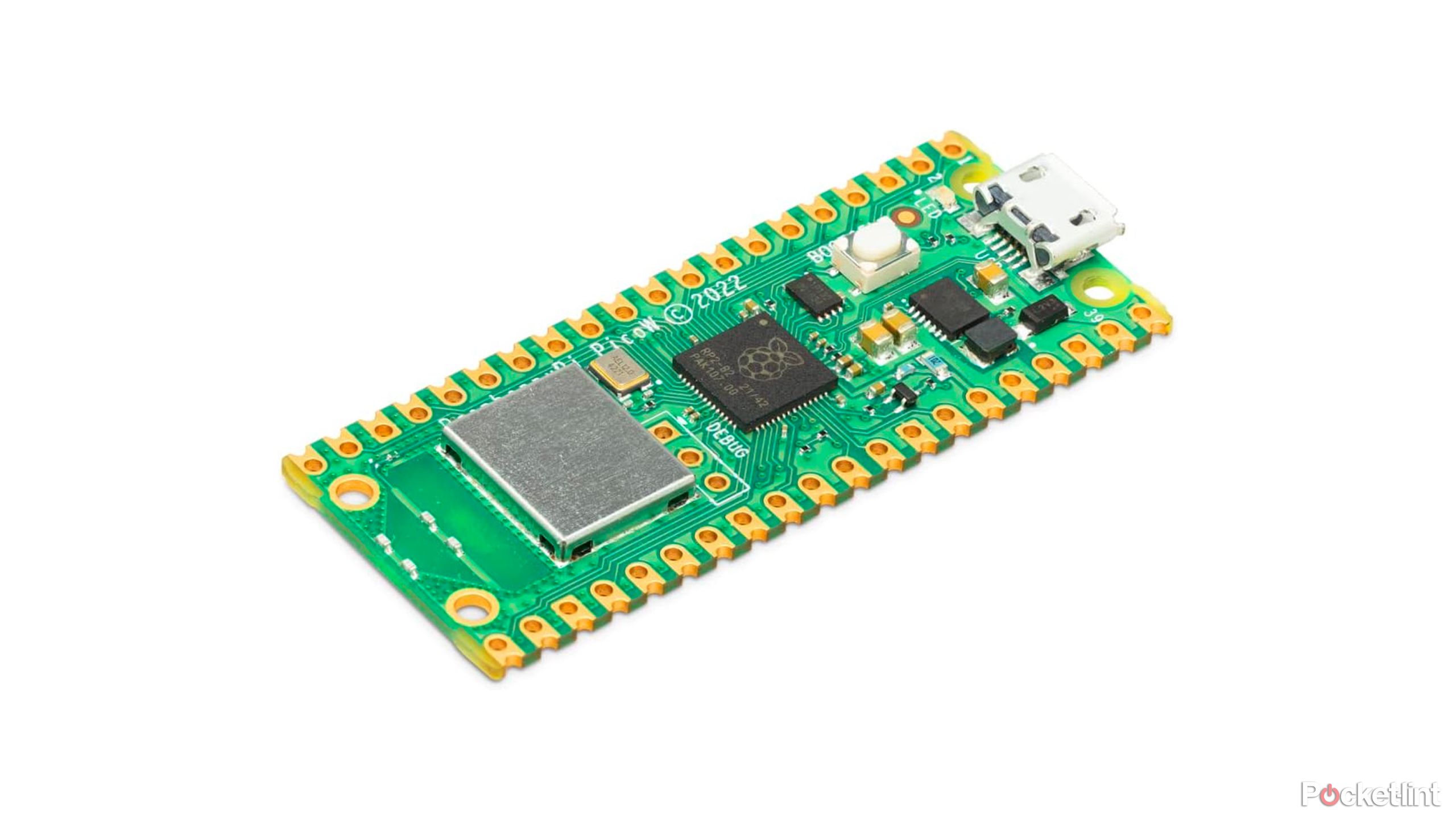
Raspberry Pi Pico RP2040
6. Best Raspberry Pi for hardware projects
A microcontroller for hardware projects
The Raspberry Pi Pico W is a microcontroller rather than a microprocessor and is designed for physical computing projects where it can control motors, LEDS, sensors, and more. The Pico W includes on-board Wi-Fi to allow remote control or remote sensor readings.
- On-board Wi-Fi
- Incredibly affordable
- Programmable using MicroPython and C/C++
The Raspberry Pi Pico W is a little different from the other options on this list, as it’s a microcontroller intended to control or communicate with physical bits of kit such as sensors or motors. It’s best suited to hardware projects whereas the standard Raspberry Pi is what you’d need for more software-based projects such as building a media server.
The two ARM Cortex-M0+ cores run at up to 133MHz, and there’s 264kB of SRAM. The Pico W adds on-board Wi-Fi to the popular Raspberry Pi Pico, allowing you to use the Pico W to build remote sensors that you can incorporate into your home automation set-up. The Raspberry Pi Pico W I/O voltage is 3.3V so powering 5V relays, for example, requires a little tinkering.
The bottom line: What is the best Raspberry Pi?
If you’re looking for a Raspberry Pi that can handle anything you can throw at it, then look no further than the Raspberry Pi 5. The most powerful Raspberry Pi in the line-up, it’s more than capable of handling most things that you can throw at it. Even if you don’t intend to take advantage of up to 8GB of RAM or 2.4GHz quad-core processor in your current project, a Raspberry Pi 5 gives you plenty of headroom if you decide you want to create something more intensive for your next project.

Raspberry Pi 5
Editor’s Choice
Cables: who needs them? If, like me, the space behind your TV is a mess of HDMI cables, charging cables, and more, you’ll take any opportunity to reduce the number of cables you need for any project. That’s why all the options on the list come with on-board Wi-Fi. You can buy Raspberry Pi models that don’t include Wi-Fi, but the choice between paying a tiny bit more for a Wi-Fi model or running a Cat 5 cable around your entire home is a simple one.
I’ve also tried to include options to cover most use cases; a Raspberry Pi 4 B would be perfect for many uses, but for others, a Raspberry Pi Pico W would be the best choice. Ultimately, it depends on the project you want to complete, and your plans for how you’ll use your Raspberry Pi in the future. One key consideration was the current availability of different models; stock levels do fluctuate, and some models are harder to get hold of than others.
How to Choose a Raspberry Pi
When you’re making your choice, there are a few things to keep in mind.
How is my Raspberry Pi powered?
This is something to take into consideration when you’re making your purchase, because different models of Raspberry Pi require different chargers. For example, a Raspberry Pi 3 B+ has a micro-USB port for the power cable, but the Raspberry Pi 4 B has a USB-C port. You’ll need to be sure that you have the right type of power supply to fit your model.
What’s on board my Raspberry Pi?
As the Raspberry Pi has developed, more and more has been added to it. With each new model, more features have been included. That means if you’re going for an older model, it may be missing some of the features that you need.
For example, the Raspberry Pi 3 B+ is dual-band, so offers support for both 2.4GHz and 5.0GHz Wi-Fi. The Raspberry Pi 3 B only supports 2.4GHz. It’s important to check the specs of the model you’re thinking of buying to ensure that it has all the features that you need.
What Raspberry Pi models are currently available?
The popularity of the Raspberry Pi far outstripped expectations. Coupled with the global pandemic, the demand for the Raspberry Pi can sometimes outstrip supply. This means that some models can be out of stock for long periods, or increase in price on some websites if stock is low. The makers of the Raspberry Pi are confident that everything is back on track with production, so hopefully low stock levels should become less of an issue.
What can I make with a Raspberry Pi?
The range of projects you can make using various models of Raspberry Pi is enormous. Some popular uses include:
- Retro gaming consoles
- Media streaming
- Wi-Fi extenders
- Building a retro laptop
- Network-wide ad blocking
- Smart mirrors
A Raspberry Pi is also a great option for running home automation software such as Home Assistant to create your own smart home hub. With a Raspberry Pi and a few accessories, you can start automating all of your smart home gadgets through one single hub.
Trending Products

Cooler Master MasterBox Q300L Micro-ATX Tower with Magnetic Design Dust Filter, Transparent Acrylic Side Panel…

ASUS TUF Gaming GT301 ZAKU II Edition ATX mid-Tower Compact case with Tempered Glass Side Panel, Honeycomb Front Panel…

ASUS TUF Gaming GT501 Mid-Tower Computer Case for up to EATX Motherboards with USB 3.0 Front Panel Cases GT501/GRY/WITH…

be quiet! Pure Base 500DX Black, Mid Tower ATX case, ARGB, 3 pre-installed Pure Wings 2, BGW37, tempered glass window

ASUS ROG Strix Helios GX601 White Edition RGB Mid-Tower Computer Case for ATX/EATX Motherboards with tempered glass…










